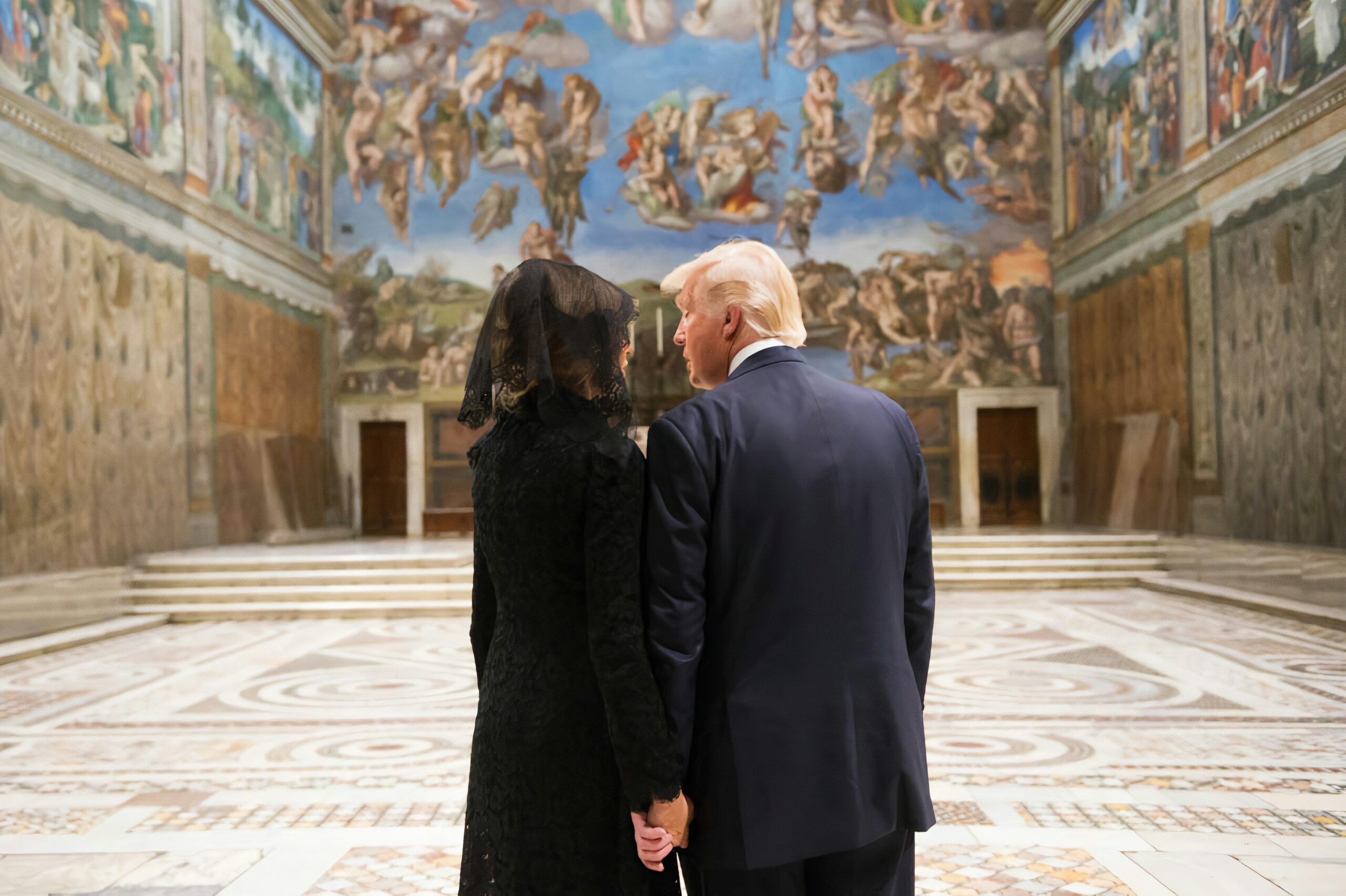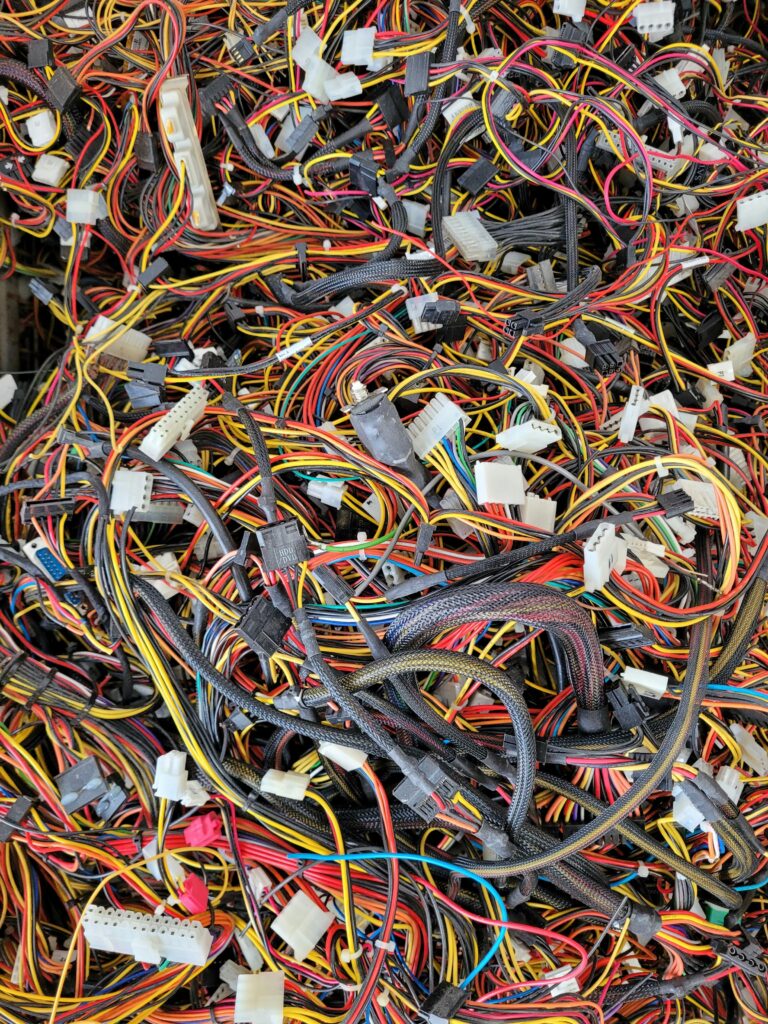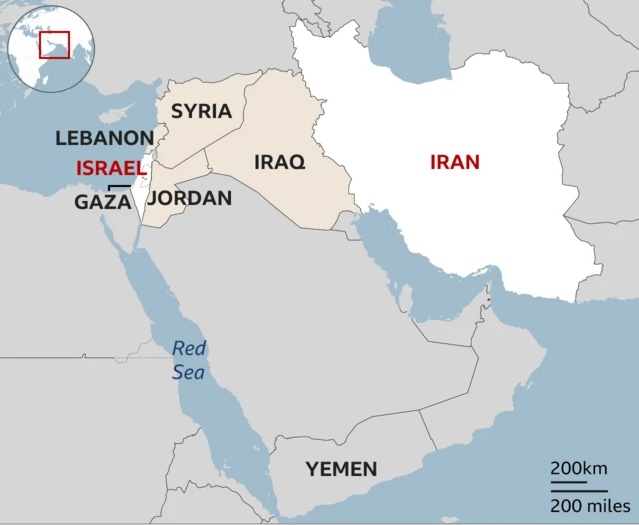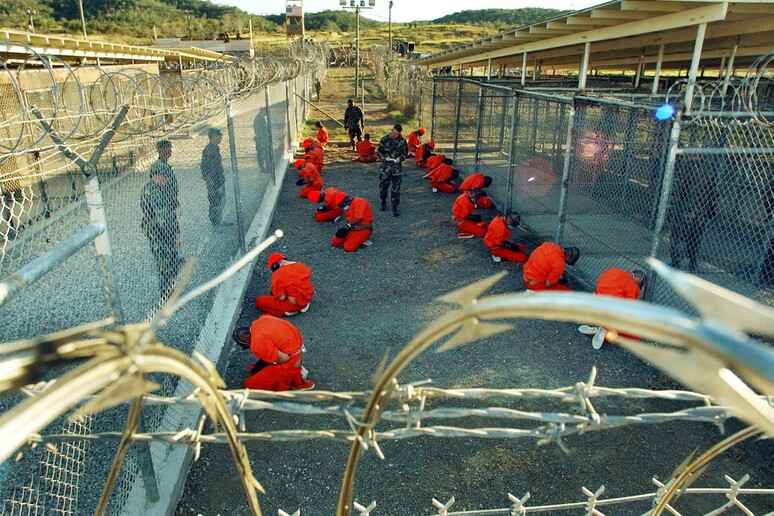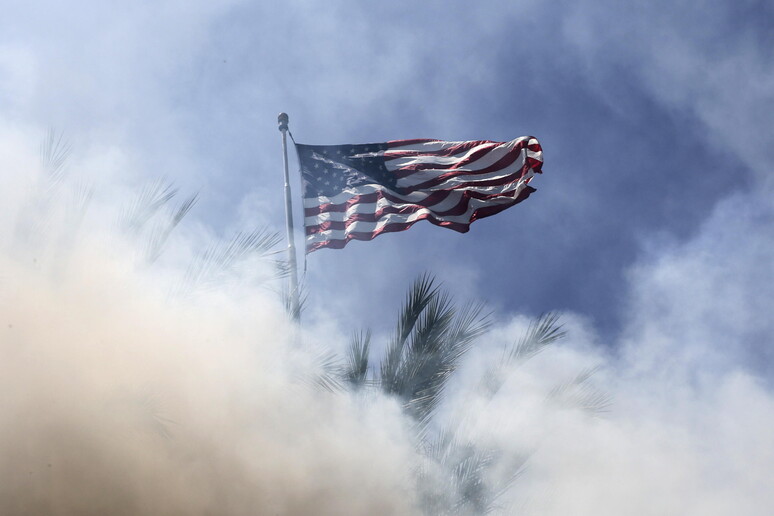
Vacheron Constantin Marks 270 Years of Horological Excellence with Soaring Revenues and Unprecedented Innovation
The Illustrious Swiss Maison Celebrates a Historic Anniversary, Achieving Over €1 Billion in Revenue While Unveiling the World’s Most Complicated Wristwatch.
by George David 13 June 2025
In the rarefied world of haute horlogerie, where centuries of tradition meet cutting-edge innovation, Vacheron Constantin stands as a titan. This venerable Swiss maison is celebrating a remarkable milestone: 270 years of uninterrupted watchmaking artistry. Far from merely commemorating its enduring legacy, the brand is also reveling in extraordinary financial success, having closed 2024 with revenues exceeding one billion euros. This dual triumph – historical longevity coupled with contemporary commercial prowess – solidifies Vacheron Constantin’s position at the pinnacle of luxury watchmaking, even as it continues to push the very boundaries of mechanical complexity.
The ability of a brand to not only survive but thrive for nearly three centuries is a testament to its unwavering commitment to craftsmanship, consistent innovation, and an intrinsic understanding of the desires of its discerning clientele. Founded in Geneva in 1755, Vacheron Constantin has consistently maintained a reputation for producing timepieces of exceptional quality, intricate complications, and exquisite artistry. Its longevity is a rare feat, a narrative woven through revolutions, economic shifts, and technological advancements, all while preserving the core tenets of Swiss watchmaking excellence. This deep-rooted history, combined with a relentless pursuit of perfection, forms the bedrock of its formidable brand value today.
Financial Milestones: A Billion-Euro Triumph
Vacheron Constantin’s financial performance in 2024 serves as a powerful indicator of the enduring strength and resilience of the ultra-luxury market. The maison recorded a formidable 942 million Swiss Francs in turnover, which, when converted, translates to revenues exceeding one billion euros. This impressive figure was underpinned by the sale of 31,000 watches over the year. For a brand operating at the highest echelons of luxury, where production is meticulously controlled and volumes are inherently limited by the intricate handcraftsmanship involved, selling over thirty thousand timepieces signifies robust global demand and an expanding collector base.
This financial success isn’t just a testament to Vacheron Constantin’s individual performance but also reflects broader trends within the luxury sector. Despite global economic uncertainties, the demand for tangible assets of enduring value, particularly those with strong heritage and artisanal integrity, continues to grow. High-net-worth individuals seek out pieces that are not just functional but also serve as investments, symbols of status, and expressions of personal taste. Vacheron Constantin’s ability to consistently deliver on these fronts has clearly resonated, translating into remarkable revenue growth and a strong market position.
Pushing the Boundaries of Complication: ‘La Première’
Innovation remains a cornerstone of Vacheron Constantin’s philosophy, and this commitment is spectacularly showcased in its latest masterpiece: the Les Cabinotiers Solaria Ultra Grand Complication – La Première. Heralded as the most complicated wristwatch ever made, this creation is more than just a timepiece; it’s a horological marvel that redefines what is possible on the wrist. A “grand complication” in watchmaking refers to a timepiece that incorporates at least three traditional complications from three distinct categories: timing (e.g., chronograph), astronomical (e.g., perpetual calendar, moon phase), and striking (e.g., minute repeater). The “Ultra Grand Complication” label suggests a dizzying array of functions, far surpassing typical expectations.
The creation of such a watch demands an unparalleled level of engineering, micro-mechanics, and artisanal skill. It requires years of research and development, hundreds of tiny, precisely crafted components, and master watchmakers with decades of experience. Functions in such a watch might include multiple perpetual calendars (Gregorian, Chinese), astronomical indications (sidereal time, sky charts, sunrise/sunset times for various cities), striking mechanisms (minute repeater, grande sonnerie, petite sonnerie), tourbillons for enhanced precision, and other esoteric displays that track lunar cycles or tidal movements. Each function is a testament to intricate mechanical design and meticulous hand-finishing, rendering the watch not just an instrument for telling time but a wearable universe of precision and artistry. ‘La Première’ is not merely a product; it is a declaration of Vacheron Constantin’s technical supremacy and its dedication to honoring and extending the traditions of complex horology.
The Enduring Allure of Haute Horlogerie
The enduring appeal of haute horlogerie, or high watchmaking, stems from a unique blend of historical reverence, artistic expression, and unparalleled engineering. In an increasingly digital world, mechanical watches, especially those with grand complications, represent a tangible connection to human ingenuity and timeless craftsmanship. They are intricate machines powered by springs and gears, often assembled by hand, requiring thousands of hours of skilled labor. This makes each piece a work of art, distinct from mass-produced items.
Collectors and enthusiasts are drawn to the narrative behind each timepiece – the history of the brand, the story of its innovation, and the lineage of master watchmakers who have honed their skills over generations. The rarity of these pieces, often produced in extremely limited quantities, further enhances their desirability and value. Brands like Vacheron Constantin offer not just a product, but an experience: a deep appreciation for precision, heritage, and the pursuit of mechanical perfection.
Vacheron Constantin’s Vision for the Future
As Vacheron Constantin steps into its 271st year, its trajectory points towards a future that honors its illustrious past while embracing relevant innovations. The brand’s success underscores a strategy that prioritizes exclusivity, authenticity, and technical excellence over fleeting trends. By continuing to invest in research for new complications, explore advanced materials, and cultivate the next generation of master watchmakers, Vacheron Constantin is poised to maintain its distinguished position in the ultra-luxury market. Its unwavering commitment to pushing the boundaries of what is mechanically possible, exemplified by creations like ‘La Première’, ensures that its legacy will continue to evolve, captivating collectors and defining the pinnacle of horological achievement for centuries to come.
#VacheronConstantin #LuxuryWatches #HauteHorlogerie #Watchmaking #GrandComplication #LuxuryMarket #SwissWatches #HorologicalExcellence #FineWatches #Anniversary

